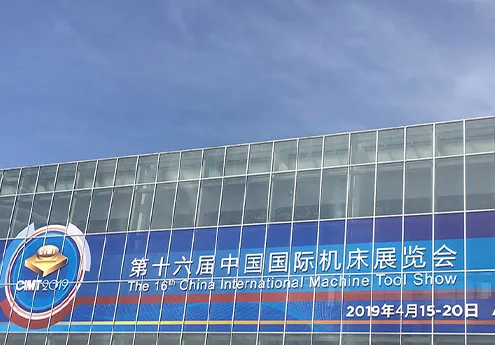synchronous belt
Understanding Synchronous Belts Mechanisms, Applications, and Benefits
Synchronous belts, often referred to as timing belts, are integral components in the realm of mechanical engineering and automation. They play a crucial role in various machines and systems by ensuring that different parts operate in precise coordination. Unlike traditional V-belts that rely on friction to transmit power, synchronous belts engage with toothed pulleys, providing a more efficient power transfer mechanism. This article delves into the mechanics, applications, and benefits of synchronous belts, highlighting their vital role in contemporary machinery.
The Mechanics of Synchronous Belts
Synchronous belts are typically made from durable materials like neoprene or polyurethane, combined with strong reinforcing fabrics, such as fiberglass or steel. This construction allows them to withstand high loads and variable environmental conditions, making them reliable for continuous use.
The distinct feature of synchronous belts lies in their toothed design, which meshes perfectly with matching pulleys. The teeth on the belt ensure that it does not slip during operation, maintaining precise timing between the driver and driven components. This characteristic makes them ideal for applications requiring a specific synchronization, such as in automotive timing systems, where the belt ensures that the crankshaft and camshaft operate in sync to optimize engine performance.
Diverse Applications of Synchronous Belts
Synchronous belts find extensive applications across various industries. One of their primary uses is in the automotive sector, where they are crucial for timing mechanisms. In vehicles, the synchronous belt connects the crankshaft to the camshaft, allowing precise timing for the opening and closing of valves in relation to the position of the pistons. This synchronization is vital for optimal engine performance and efficiency.
synchronous belt

Beyond automotive applications, synchronous belts are also widely used in industrial machinery. Conveyor systems, for instance, utilize synchronous belts to move products along assembly lines. The synchronized operation ensures that products move at a consistent speed, reducing the risk of jams and improving overall efficiency. Furthermore, in robotics and automated systems, these belts are employed to control the movements of various components, allowing for precise and repeatable actions that are essential in modern manufacturing processes.
Advantages of Using Synchronous Belts
The use of synchronous belts offers several advantages over other types of power transmission methods. One significant benefit is their high efficiency. Since there is no slipping, nearly 100% of the power produced by the motor can be effectively transmitted, resulting in lower energy consumption and increased productivity.
Another advantage is their durability and lower maintenance requirements. Synchronous belts are less prone to wear and tear compared to traditional belts, leading to longer service life and reduced need for frequent replacements. Additionally, their design minimizes noise and vibration, contributing to a quieter operation, which is essential in settings where noise reduction is a priority.
Finally, the precision of synchronous belts enhances the overall reliability of machinery. With exact synchronization, the risk of mechanical failure is significantly diminished, leading to increased uptime and efficiency in production environments.
Conclusion
In conclusion, synchronous belts are indispensable components in a vast array of applications, from automotive engines to industrial automation. Their precise engineering, coupled with their numerous advantages, positions them as a superior choice for power transmission in systems that require accuracy and reliability. As industries continue to evolve and demand higher efficiencies, the role of synchronous belts will likely expand, reinforcing their importance in modern mechanical systems. Understanding these belts is essential for engineers and manufacturers aiming to optimize their machinery and enhance overall performance.








